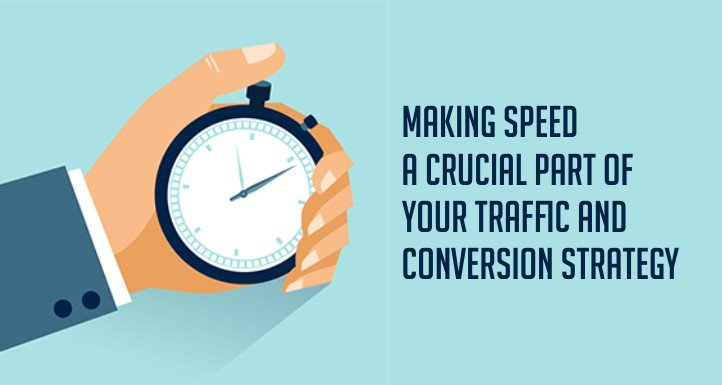Making Speed a Crucial Part of Your Traffic and Conversion Strategy

Impulse Core Marketing and Development Blog
The use of mobile internet is on the rise and mobile searches are overcoming computer searches and even with all these numbers, there are still many business websites that are not mobile-friendly, meaning they have no responsive design. This can be a problem because in addition to giving work to users, the amount of access on account of this pain can plummet and little traffic can mean the loss of business opportunities.
Responsive Design It is important that you know the importance of a responsive website and how this can directly affect your marketing as well as some considerations to keep in mind when designing your website.
What is the difference between a mobile design and a responsive design?
There are two main methods for creating mobile sites: responsive design and mobile models.
Responsive design requires that you have only one site that is coded to fit all screen sizes, no matter what device the site is displaying on.
In contrast, a mobile model is a completely separate entity that requires you to have a mobile-only site. Mobile templates are built for each specific site, not by screen size. This can cause some problems, as we will see below.
Here are some good reasons to prove your website needs to be responsive:
1) The use of mobile devices has already exceeded the use of the computer.
This is not surprising, but despite impressive statistics, many companies still do not have a responsive design site. It is legal to remember that with the increasing increase in the searches coming from mobile, it becomes practically obligatory the need of the website with responsive design. By 2015, more than half of Google searches were conducted on a mobile device.
2) A positive experience for the user is a must.
Have you used your cell phone to search for any information, product or even to buy something? You are on this list above. Interesting that if someone enters a site and it is not adapted to your device, there is the possibility of rejection of 61%, IE in 61% of cases people give up accessing a site, just because it is not adapted for your device, and we're not the ones who say that, that's Google’s Think Insights for mobile devices. How many customers you must have lost because of this, right?
According to Google’s Think Insights for mobile, if a user's access to their mobile site is frustrated, or if they do not find what they are looking for, there is a 61% chance they will leave immediately by going to another website (most likely a competitor).
3) Blogging and social activities bring mobile visitors.
If you have blogging and social media elements embedded in your strategy, you've probably seen the increase in mobile traffic. A recent e-Marketer study cites that 93% of mobile device users in Brazil use social media with their mobile device.
If you are sharing content links or links to your site and do not have a mobile-friendly site, you will not only experience high bounce rates and low conversion rates, but also a frustrated audience.
4) Responsive design is best for SEO.
We officially know that Google prefers web designs responsive to mobile standards. Having a single URL makes it easier for Google to crawl your site, as well as reduces the chance of SEO errors on the page. For these reasons, responsive sites often perform better and are easier to maintain than a separate mobile site template.
5) A fast responsive website is critical.
According to the developers of Google Page Speed, the standards recommend that content above the fold on a mobile device should load in less than 1 second, and the entire page will load in less than 2 seconds. This is usually not possible when loading a desktop site on a mobile device. When a user has to wait a long time for a page to load, there is an extremely high chance that they will leave your site behind.
6) Responsiveness fits future devices.
One of the main advantages of responsive design is that the size of the model was designed based on the size of the screen, not the device. This means that no matter what size screen someone is viewing your site on, it will display properly for that screen size.
So in the future, as new devices (TVs, watches, glasses, etc.) are being used for web browsing, your responsive website will remain beautiful.
Moving forward, it will be extremely important that your site provides mobile users with an easy-to-use experience. Having a mobile site is no longer simply a good resource - on the contrary, it is now a necessity and therefore has a big impact on the growth of your business.